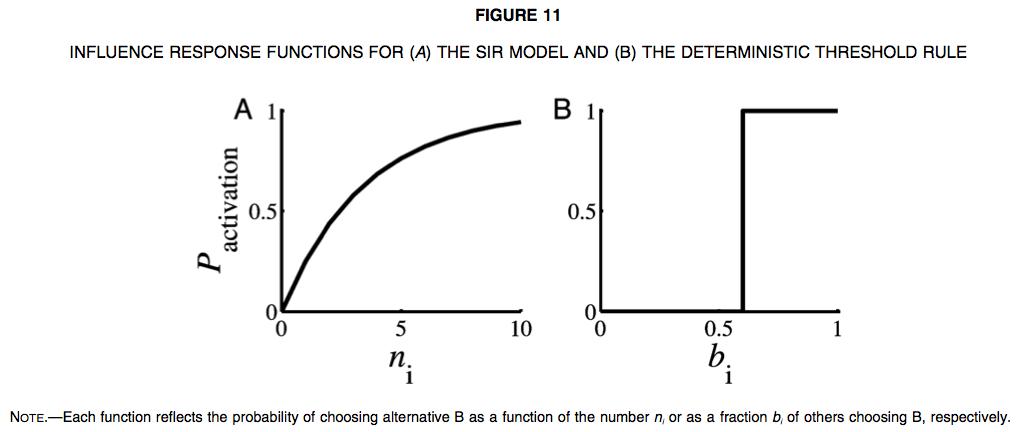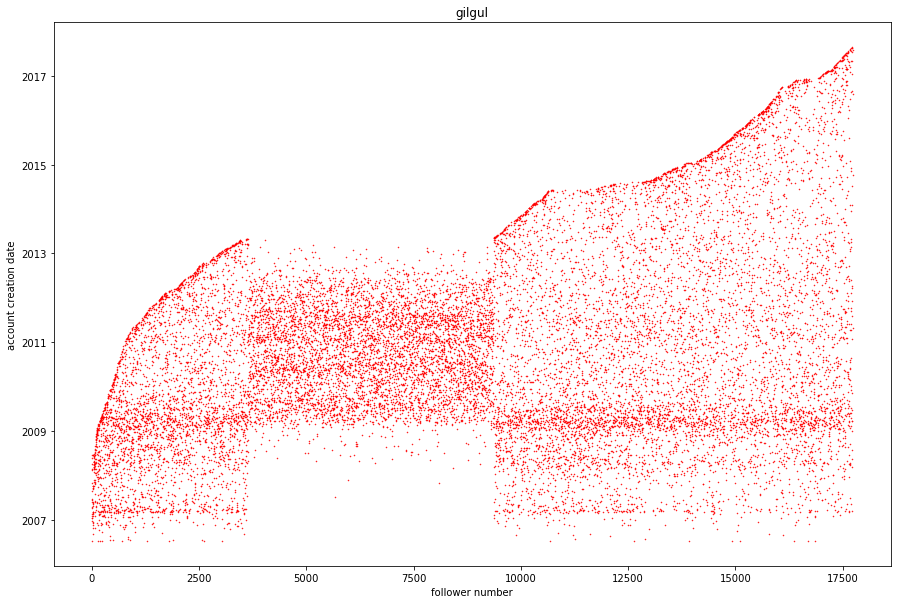
Assistant Professor, @Stanford MS&E. Social networks, social and behavioral data. Occasionally disappear into the mountains.
How to get URL link on X (Twitter) App

https://twitter.com/zschutzy/status/1651988719518498816In 2010 I was visiting FB data science as a PhD intern, to study FB's growth. Four weeks in, I stumbled upon a backdoor that had been used to generate unknown millions of spam accounts. It was one week before FB was set to announce reaching 500m users (with a big party)… 2/

https://twitter.com/dkroy/status/974251282071474177



https://twitter.com/Rich_Harris/status/957310634378629121I stumbled upon the patterns after reading @gilgul’s 2014 piece about buying bots back in 2014: 2/n